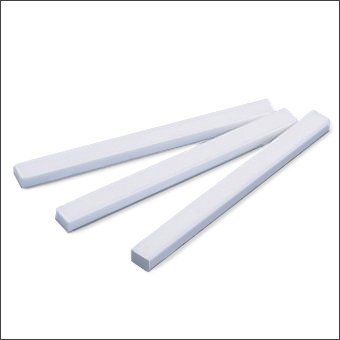Why Ceramic Rods
Ceramic rods excel in extreme environments and are a high-performance solution that cannot be replaced by metal or plastic rods.
- 3X longer lifespan than metal rods.
- It can withstand temperatures over 1000°C without deforming or softening.
- Resistant to strong acids and alkalis (except HF) and never rust.
- Excellent insulating properties. For example, 99% alumina ceramic rods have a volume resistivity of more than 10¹⁴Ω·cm at room temperature, and maintain a resistivity of more than 10¹⁰Ω·cm even at high temperatures of 500℃.
- Density is only 1/3 of steel rods, reducing the inertia of moving parts.
Typical replacement scenarios:
▸ Replace stainless steel → Solve high temperature deformation/magnetic interference problems
▸ Replace engineering plastics → Improve wear resistance and temperature resistance by 10 times
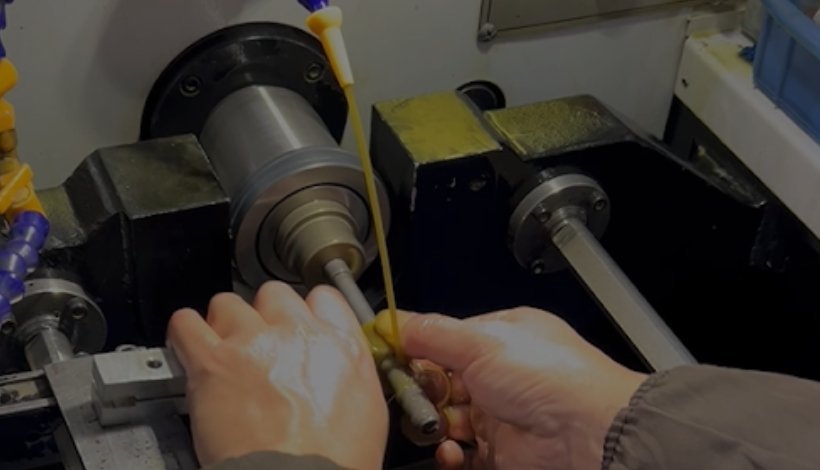
Ceramic Rods for Harsh Environments - OEM/ODM Supported
Ceramic rods far exceed metal and plastic rods in key properties such as high temperature, wear resistance, corrosion resistance, and insulation. They have shown absolute advantages in high temperature applications, industrial applications with extreme environment resistance (such as long-term wear resistance or long-term contact with corrosive media), and electronic applications.
Jinghui produces customized ceramic rods made of alumina, zirconia, silicon nitride, etc., supporting various types of geometric shapes and designs, such as cylindrical, square, hexagonal, semi-cylindrical, special-shaped, and ceramic rods with grooves, threads, flanges, and blind holes. Contact us now to get a free quote!
By Features
Ceramic rod is particularly suitable for industrial applications where long-term stability and resistance to extreme environments are required. We provide a full range of solutions from material selection to precision processing. Please feel free to consult us for your specific needs.
75%-99.8% alumina. High hardness, excellent electrical insulation and cost advantage.
Y-TZP or Mg-PSZ. Ultra-high toughness, excellent wear resistance and biological inertness.
Ultra-high strength, excellent thermal shock resistance and self-lubricating.
Ultra-high thermal conductivity, extreme temperature resistance and plasma erosion resistance.
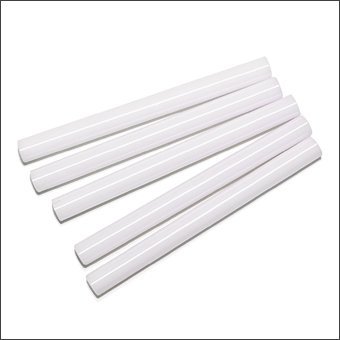
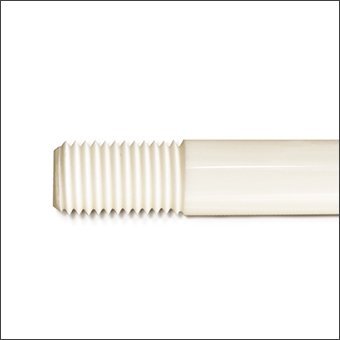
Easy to process. Thermal expansion coefficient matches metal (easy to assemble).
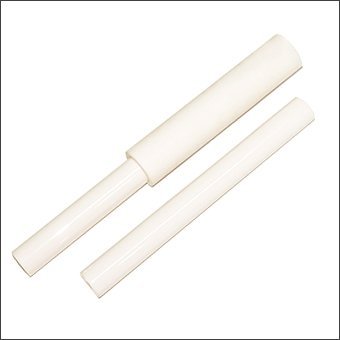
Ultra-high tolerance is achieved through precision turning and grinding.
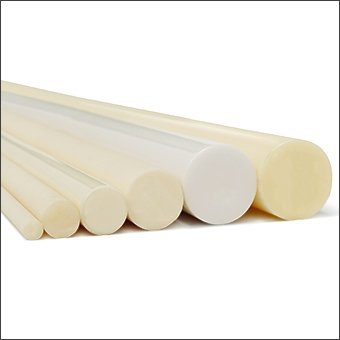
Precision polished ceramic rods (Ra 0.1-0.4μm) provide an ultra-low friction surface.
Alumina vs. Zirconia Ceramic Rods
Ceramic rods are critical components in high-performance industries, but selecting between alumina (Al2O3) and zirconia (ZrO2) can be challenging. This guide compares their key properties and applications to help you make the best choice.
1. Mechanical Properties
Alumina: High hardness (9 Mohs) and excellent wear resistance, but lower fracture toughness (4-5 MPa·m1/2). Ideal for abrasive environments.
Zirconia: Exceptional fracture toughness (6.5–11 MPa·m1/2) and flexural strength (≥750 MPa), making it resistant to cracking under stress.
2. Thermal & Chemical Resistance
Alumina: Handles temperatures up to 1750℃ and resists acids/alkalis well, but avoid hydrofluoric acid (HF).
Zirconia: Superior thermal shock resistance and lower thermal conductivity. Perfect for rapid heating/cooling cycles.
3. Electrical & Biocompatibility
Alumina: Excellent electrical insulator. Widely used in electronics and semiconductors.
Zirconia: Biocompatible, preferred for medical implants and dental tools.
4. Cost Considerations
Alumina: More cost-effective for standard applications (e.g., industrial seals, insulators).
Zirconia: Higher price but justified for demanding uses (e.g., medical, aerospace).
5. Application Examples
Choose alumina for: Semiconductor wafer handling, furnace components, and precision gauges.
Choose zirconia for: Dental implants, joint replacements, and high-stress bearings.
Still unsure? Contact our engineers for a free ceramic material selection guide!
Partnering with an experienced manufacturer ensures optimal performance of your product. Below is our custom ceramic manufacturing process.
Step 1 – Material Preparation: Ceramic powder is carefully ground and mixed with a binder to ensure uniformity.
Step 2 – Forming: The powder mixture is shaped into rods with a specific forming method such as extrusion, isostatic pressing, or injection molding.
Step 3 – Sintering: The green (unfired) rods are sintered in high-temperature furnaces, causing particles to fuse into a dense and durable structure.
Step 4 – Precision Machining: Sintered rods are ground/polished to achieve tight tolerances and ultra-smooth surfaces. CNC or laser machining ensures dimensional accuracy.
Step 5 – Quality Control & Testing: Each batch undergoes rigorous checks to ensure product quality.
Regarding the dimensional tolerance of ceramic rods, our capabilities are:
- Standard products: diameter tolerance ± 0.02mm (such as φ10mm alumina rod).
- High-precision customization: up to ± 0.005mm (A CAD drawing is required for confirmation).
- Special requirements: Cylindricity ≤ 0.1mm; Surface roughness Ra 0.1μm (mirror grade).
The temperature resistance of ceramic rods varies depending on the material.
- Silicon carbide: Can reach 1650℃, suitable for semiconductor equipment. Thermal shock resistance: ΔT ≈ 300°C.
- Alumina: Long-term resistance to 1500-1750℃, suitable for high-temperature furnace parts. Thermal shock resistance: ΔT ≈ 200°C.
- Zirconia: Resistant to 1500℃ and excellent thermal shock resistance (ΔT > 300°C).
- Silicon nitride: Temperature resistance to 1400°C and best thermal shock resistance (ΔT ≈ 600°C).
- Machinable glass ceramic: Maximum operating temperature 800°C. Thermal shock resistance: ΔT ≈ 200°C.
If you have difficulties in material selection, we can help you.
The price of ceramic rods is mainly affected by the following factors.
- Material cost: Alumina is the most economical, zirconia is 2-3 times more expensive, and silicon nitride/silicon carbide is the most expensive.
- Technical requirements: Such as precision, processing difficulty, and surface treatment. The higher the requirements, the more expensive the price.
- Order quantity: The price for mass production is more favorable.




